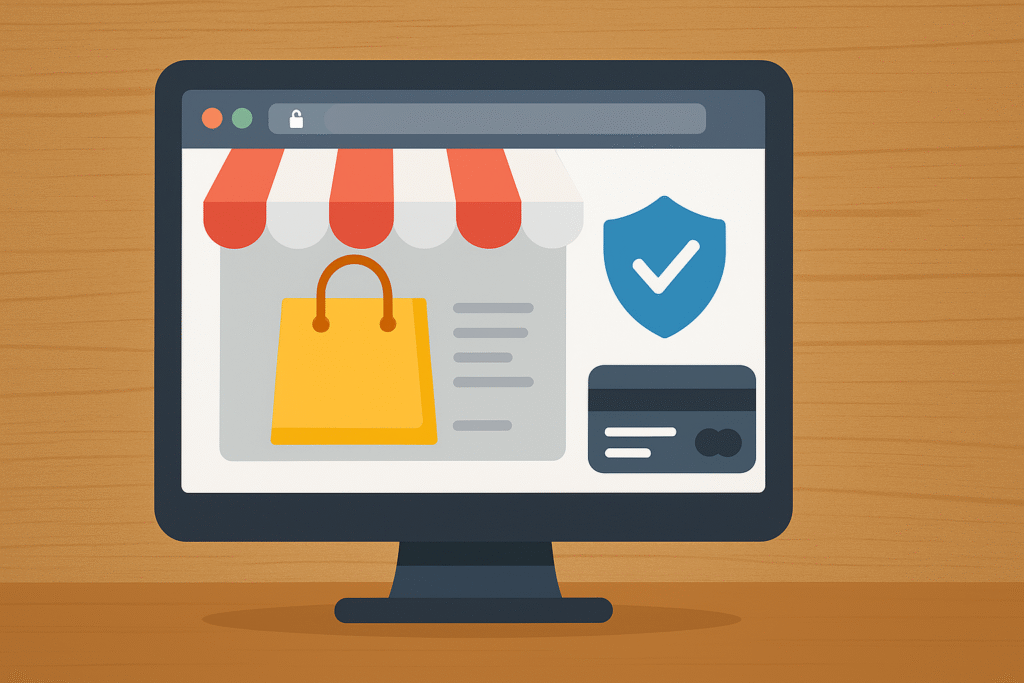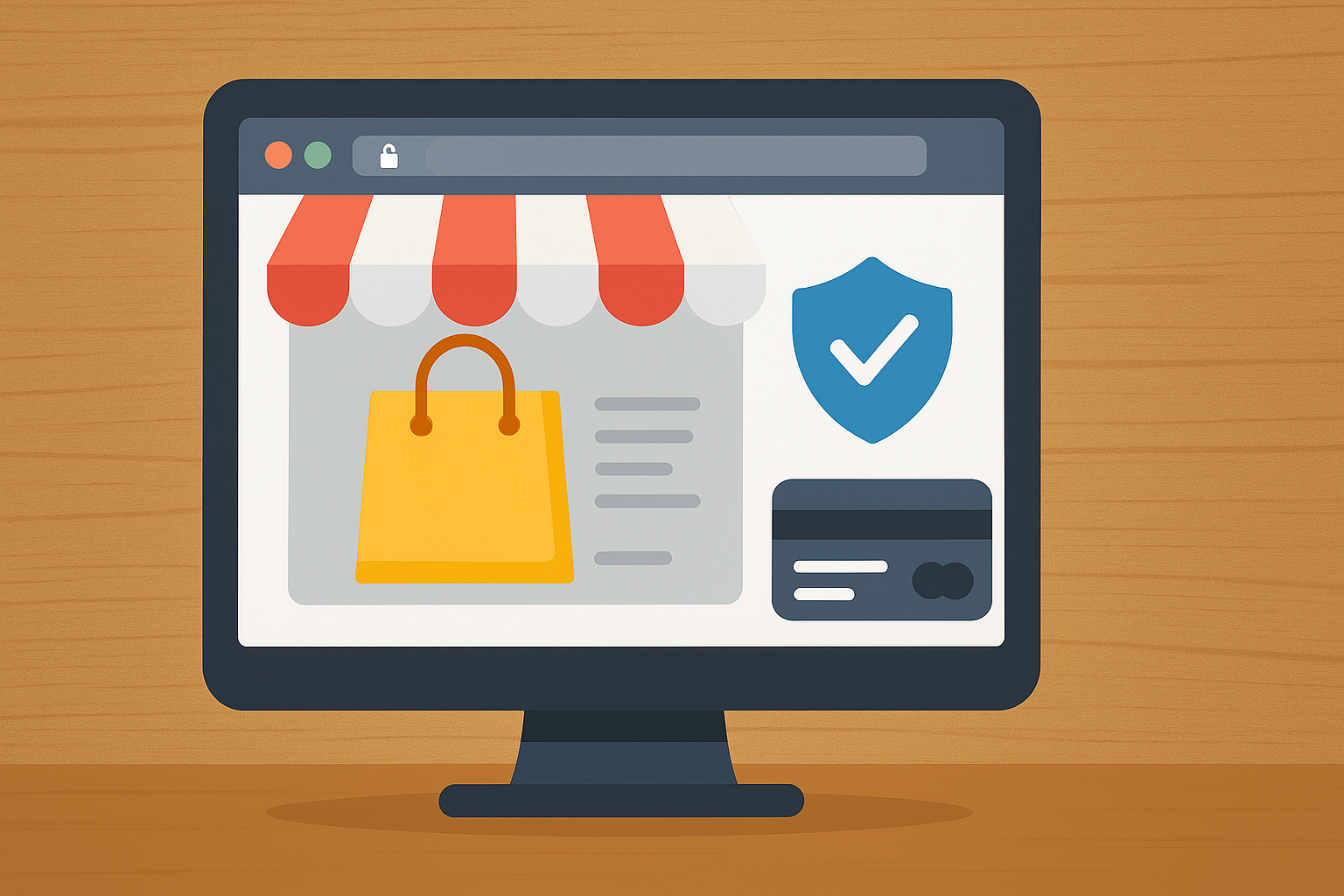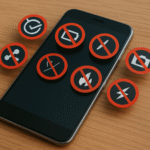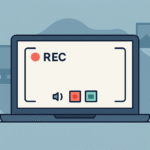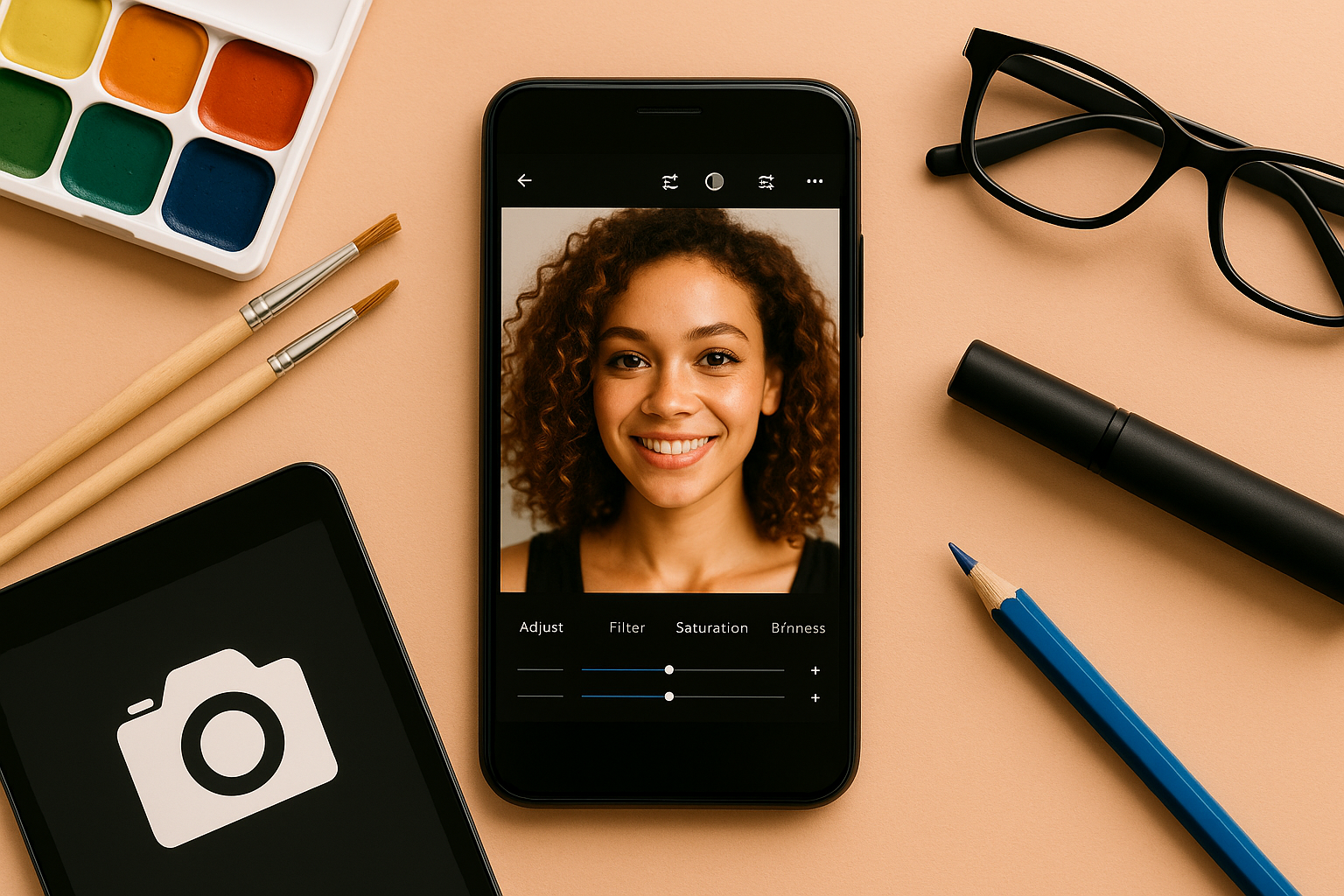Online shopping has revolutionized the way we buy products and services. From clothes and electronics to groceries and furniture, we can now make purchases with just a few clicks. However, this convenience also comes with risks—such as scams, phishing attacks, fake websites, and identity theft.
Whether you’re a seasoned online shopper or just getting started, following the right safety practices is essential. In this guide, you’ll discover effective tips to ensure your online shopping experiences are secure, efficient, and hassle-free.
Why Online Shopping Safety Matters
Online purchases involve sensitive information like your:
- Name and address
- Credit or debit card numbers
- Login credentials
- Personal identification data
If this data falls into the wrong hands, it can lead to financial loss, identity theft, and even long-term damage to your digital reputation.
Let’s dive into the best safety tips to keep your online shopping secure.
1. Shop from Reputable Websites
Stick with websites you know and trust. Well-known e-commerce platforms and official brand sites are usually more secure.
Red Flags to Avoid:
- Poor website design or spelling errors
- Unusual or mismatched domain names
- Limited or no customer service options
- Lack of clear return or privacy policies
Always check for reviews and ratings from other users before buying from lesser-known platforms.
2. Look for HTTPS and Security Indicators
Before entering any personal or payment information, ensure the site is secure.
What to Check:
- The website URL should start with “https://” (the “s” stands for secure).
- A padlock icon should appear in the address bar.
- Avoid making purchases on sites that only use http.
While HTTPS doesn’t guarantee a site is legitimate, it does indicate that your data is encrypted.
3. Use Strong and Unique Passwords
If the site requires account creation, don’t reuse passwords from other platforms.
Best Practices:
- Use a combination of letters, numbers, and special characters.
- Don’t use birthdays, pet names, or common words.
- Use a password manager to create and store strong passwords.
Unique passwords reduce the risk of multiple accounts being compromised if one is breached.
4. Enable Two-Factor Authentication (2FA)
Many shopping platforms offer 2FA for extra security. This usually involves a code sent to your phone or email to verify logins or purchases.
Benefits:
- Prevents unauthorized access even if your password is compromised.
- Adds a layer of protection to your account.
Enable 2FA wherever it’s available, especially on accounts with payment methods saved.
5. Use Secure Payment Methods
When paying online, opt for secure and traceable methods.
Safer Options:
- Credit cards: Offer fraud protection and dispute resolution.
- PayPal or other payment processors: Act as a middleman, keeping your card data safe.
- Virtual cards or prepaid cards: Minimize risk of theft by limiting available funds.
Avoid using debit cards directly unless necessary, and never send payment via wire transfers or cryptocurrency to unfamiliar sellers.
6. Avoid Shopping on Public Wi-Fi
Free Wi-Fi networks (like in cafes or airports) are often unsecured and vulnerable to attacks.
What Could Happen:
- Hackers can intercept your data (including login and payment info).
- Fake Wi-Fi networks may mimic legitimate ones to steal your data.
How to Stay Safe:
- Use your mobile data or a secure home network.
- If public Wi-Fi is your only option, use a VPN (Virtual Private Network).
7. Keep Your Devices and Software Updated
An outdated phone, computer, or browser can be vulnerable to cyber threats.
Update Regularly:
- Your operating system
- Internet browsers
- Antivirus or security software
- Shopping apps
Enable automatic updates to stay protected without having to think about it.
8. Use Antivirus and Anti-Malware Protection
Install a reputable security solution on your devices.
What It Does:
- Blocks access to dangerous websites
- Scans downloads for malware
- Alerts you to suspicious activity
Some antivirus tools also offer features like anti-phishing and ransomware protection.
9. Monitor Your Bank Statements
After making online purchases, it’s a good idea to review your bank or card statements.
What to Look For:
- Unauthorized transactions
- Double charges
- Charges from unfamiliar merchants
Set up text or email alerts for all transactions to stay informed in real-time.
10. Be Cautious with “Too Good to Be True” Deals
If an offer seems too good to be true, it probably is.
Warning Signs:
- Deep discounts on high-end products
- Unbranded or suspicious third-party sellers
- “Limited-time offer” pressure tactics
Research the product and seller before making any quick decisions.
11. Read Product Reviews Carefully
Customer reviews provide valuable insight into product quality and seller reliability.
Tips:
- Look for detailed and recent reviews.
- Be wary of all 5-star or all 1-star reviews—it may indicate fake reviews.
- Check reviews on third-party sites or forums if possible.
12. Know the Return and Refund Policy
Before buying, check what happens if the product doesn’t meet your expectations.
Things to Confirm:
- How long you have to return an item
- Who pays for return shipping
- If full or partial refunds are available
A clear return policy is a sign of a trustworthy seller.
13. Don’t Save Payment Information on Every Site
While it’s convenient, storing card details on multiple sites increases your exposure.
Safer Alternatives:
- Save payment info only on trusted platforms.
- Use browser or password manager autofill instead of saving on the site.
14. Beware of Phishing Emails and Fake Apps
Cybercriminals often use fake emails or apps to lure victims.
Signs of Phishing:
- Misspelled sender addresses or website URLs
- Suspicious attachments or links
- Urgent or threatening language (“Your account will be closed!”)
Only download shopping apps from official app stores (Google Play, Apple App Store).
15. Set Purchase Limits or Alerts
Most banks allow you to set spending limits or get alerts for unusual activity.
Why It Helps:
- Prevents large unauthorized charges
- Notifies you if your card is used abroad or on new websites
Use these tools to monitor spending and detect fraud early.
Conclusion: Smart Shopping Is Safe Shopping
Online shopping offers incredible convenience, but it’s your responsibility to shop wisely and safely. By following the tips above—like checking website security, using strong passwords, avoiding public Wi-Fi, and monitoring your financial activity—you can drastically reduce the risk of falling victim to scams or data theft.
A few extra seconds of caution can save you from weeks or months of headaches. Stay alert, stay informed, and enjoy shopping online with confidence.
